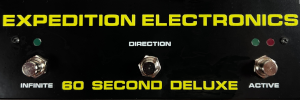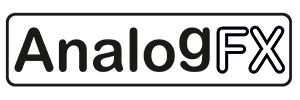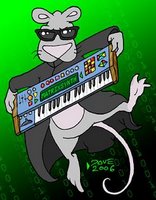Sunday, March 03, 2013
lighted rocker box synth controller & tunable synth guitar
Published on Mar 3, 2013 SuperRoss007·374 videos
Dementia Labs on eBay
tunable synth guitar
Published on Mar 3, 2013
Make Noise Shared System: Alessandro Cortini: ACMN1 & ACMN2 Pre-Orders

The second release using the Make Noise Shared System modular (pictured) is open for pre-orders at TRASH_AUDIO here. This one is by Alessandro Cortini. If you want a copy, you might want to pre-order now. Richard Divine's release has sold out, and I hear that over 100 of Alessandro's are already spoken for.
Also see:
Richard Devine Share System NAMM Performance
Make Noise Records Shared System MNR001 Richard Divine
MakeNoise Records & Richard Devine's Latest EP "Creature"
Modular Wild Presents SOUNDS-TYME SEFARI MK 1 BASICS
Published on Mar 3, 2013 modularwild·19 videos
"SOUNDS. An exploration of the TYME SEFARI MK1 by The Harvestman.Sound and Video by Raul Pena © 2013 Raul Pena"
"SOUNDS. An exploration of the TYME SEFARI MK1 by The Harvestman.Sound and Video by Raul Pena © 2013 Raul Pena"
Sequence - First Look
Sequence - First Look from Dimitri Diakopoulos on Vimeo.
"Sequence is a new euclidean MIDI sequencer for iPhone // Launching 04 March 2013
http://sequence.nyquistresearch.com"
iOS Devices on eBay - Daily Tech Deals
AGL - Quickie
Published on Mar 3, 2013
http://www.audiogl.com
"I haven't uploaded a video for over a year, so here's a quick demo.
All of these sounds are synthesized in realtime by AudioGL.
This project file is included with the program. (RandomMix.agl)
Download the trial version and check it out:
http://www.audiogl.com/en/downloads
Social Media:
https://www.facebook.com/pages/AudioGL/264653900273868"
http://www.audiogl.com
"I haven't uploaded a video for over a year, so here's a quick demo.
All of these sounds are synthesized in realtime by AudioGL.
This project file is included with the program. (RandomMix.agl)
Download the trial version and check it out:
http://www.audiogl.com/en/downloads
Social Media:
https://www.facebook.com/pages/AudioGL/264653900273868"
iMini, Tabletop, Audiobus, HD and HQ Audio
Published on Mar 3, 2013
"A demo of 3 iMini's running in Tabletop, with a iMPC playing a beat, then AC into Audiobus and Cubasis. It's also a test video for better sound quality and picture quality as we had a few comments about having better sound, hope this is OK.."
iTunes:
iMini - Arturia
iMPC - Akai Professional
Tabletop - Retronyms
Audiobus - A Tasty Pixel
iOS Devices on eBay - Daily Tech Deals
"A demo of 3 iMini's running in Tabletop, with a iMPC playing a beat, then AC into Audiobus and Cubasis. It's also a test video for better sound quality and picture quality as we had a few comments about having better sound, hope this is OK.."
iTunes:
iMini - Arturia
iMPC - Akai Professional
Tabletop - Retronyms
Audiobus - A Tasty Pixel
iOS Devices on eBay - Daily Tech Deals
Astronauta Pinguim: An Interview with Larry Fast
 "Lawrence Roger Fast was born in Newark, New Jersey (USA) on December 10th, 1951. Since his childhood Larry was very interested in music and electronics. He started to build early electronic circuits about 1966 and his first contact with the Moog modular synthesizers was on 1968. Some of his own designed devices started to be sold on commission on late 1971. Larry attended Lafayette College in Pennsylvania, where he obtained a degree in history in 1973.
"Lawrence Roger Fast was born in Newark, New Jersey (USA) on December 10th, 1951. Since his childhood Larry was very interested in music and electronics. He started to build early electronic circuits about 1966 and his first contact with the Moog modular synthesizers was on 1968. Some of his own designed devices started to be sold on commission on late 1971. Larry attended Lafayette College in Pennsylvania, where he obtained a degree in history in 1973.In the early '70s, Larry Fast had the opportunity to meet Rick Wakeman, who played with the famous progressive rock band Yes at that time and asked Larry to build some synthesizer modules to him. It was just before Yes recorded their live album "Yessongs" (recorded in 1972 and released in 1973) and Rick Wakeman used the modules built by Larry on this album. In June of 1973 Larry went to England to give minor technical support to Rick Wakeman on Yes' album "Tales From Topographic Oceans" while circulating his own music demos to labels in London.
In 1975, Larry released "Electronic Realizations for Rock Orchestra", the first album from his solo project - Synergy - and in the same year he collaborated with the British-German band Nektar on an album ("Recycled", 1975) and the subsequent tour. In 1976 the second Synergy album, "Sequencer" was released (Larry is finishing the artwork to re-release "Sequencer" remastered from the original analog mix tapes in 24 bit 192 khz audio and digipak format right now!). Also in 1976 he was invited to play the keyboards with Peter Gabriel, who had recently left Genesis to become one of the world's most creative and famous artists. Larry played with Peter Gabriel for 10 years (from 1976 to 1986) and recorded 8 albums (in part or whole) with him: PG1, PG2, PG3, PG4, Plays Live, Birdy soundtrack, tracks on Shaking the Tree and So.
During the period that Larry was the keyboard player of Peter Gabriel's band, he found time to consult with Moog to develop at least two very famous synthesizers, the Polymoog (1976) and the Memorymoog (1982) and also kept his Synergy project, releasing 6 albums more: "Cords" (1978), "Games" (1979), "Audion"(1981), "Computer Experiments, Volume One" (1981), "The Jupiter Menace Soundtrack" (1982) and "Semi-Conductor" (1984). In the late '80s he worked as the A&R coordinator and executive producer for The Audion Record Company, the legendary electronic music label and released "Metropolitan Suite" (1987). In 1998 Semi-Conductor Release 2 was released with a lot of bonus tracks and in 2002 "Reconstructed Artifacts", an album containing digital re-recordings of previous Synergy tracks, was released. Most of Larry's Synergy albums were re-released in various editions, some of them with bonus tracks!"
 You'll find the full interview on Astronauta Pinguim.
You'll find the full interview on Astronauta Pinguim.via Fabricio Carvalho on The MATRIXSYNTH Lounge
Korg MS Series - Vocoder Pads
Published on Mar 2, 2013 Newueel·37 videos
"Usually when I want to play dreamy pads I use the Korg Triton (which I like a lot). This video demonstrates a typical Triton sound built on the MS series.
Used gear:
- Korg MS-50
- Korg MS-20 (2x)
- Korg MS-10
- Korg VC-10
- Korg SQ-10
The pad sound is created using the VC-10 and 1 MS-20 (and a chorus effect) and it also uses a little help from the MS-50. The vocoder is fed with a sawtooth waveform (a fixed tone from the MS-50 oscillator). The VC-10 itself adds a bit vibrato, pitch control is done by the VC-10 keyboard only. The vocoder output sound is then plugged into the MS-20 external input, so it uses both MS-20 filters. The MS-20 also adds some white noise (VCO1) and a bass note (VCO2 sawtooth 32'), the amount varies during the track (MS-20 vcomix). The MS-20 initial gain is controlled by the MS-50 voltage supply and is 'open' the whole time. This way the MS-20 doesn't need a trigger value for the main envelope (EG2), so it will process the vocoder's sound at any time. The MS20 pitch (CV IN) is controlled by the MS-10 keyboard (which also controls de pitch for the other MS-20 and the MS-10 itself).
The SQ-10 has three 8 step sequences. A: Rhythm section (played by the MS-50), B: The 'guitar' groove played by the MS-20 (lower right) with also some portamento from the SQ-10. C: Staccato melody played by the MS-10 (lower left). The MS-10 sequence is controlled by the probability patch, which is programmed using modules from one MS-20 and the MS-50. The probability itself is controlled by the MG pulse width (MS-50), max wide = 100%, max right = 0%. In this track the probability starts with a value of 0% (all steps are muted), from around 1:30 the probability is set to 100% (all steps are played), then around 2:19 the probability is set to 50% (each step has 50% chance of being played). The probability patch is always a great way of making an 8 step sequence more interesting. The MS-20 'guitar' groove is mixed with the MS-10 control wheel. The MS-50 rhythm section is mixed using the upper MS-20 control wheel.
The track has been recorded and mastered using Ableton Live."
via Juda Leijonien on The MATRIXSYNTH Lounge
PREVIOUS PAGE
NEXT PAGE
HOME
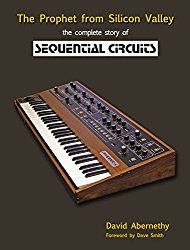
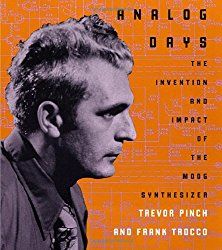
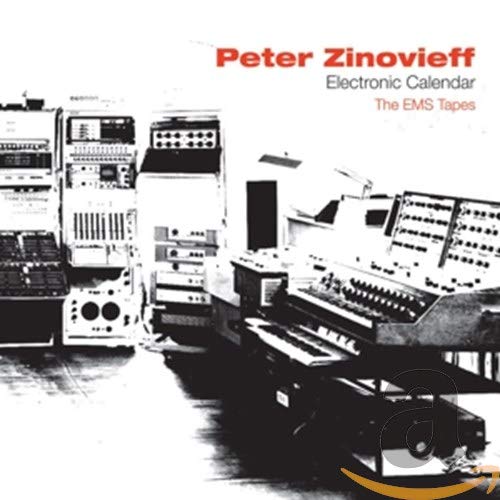
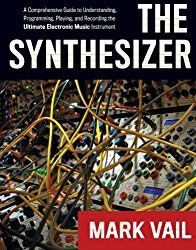

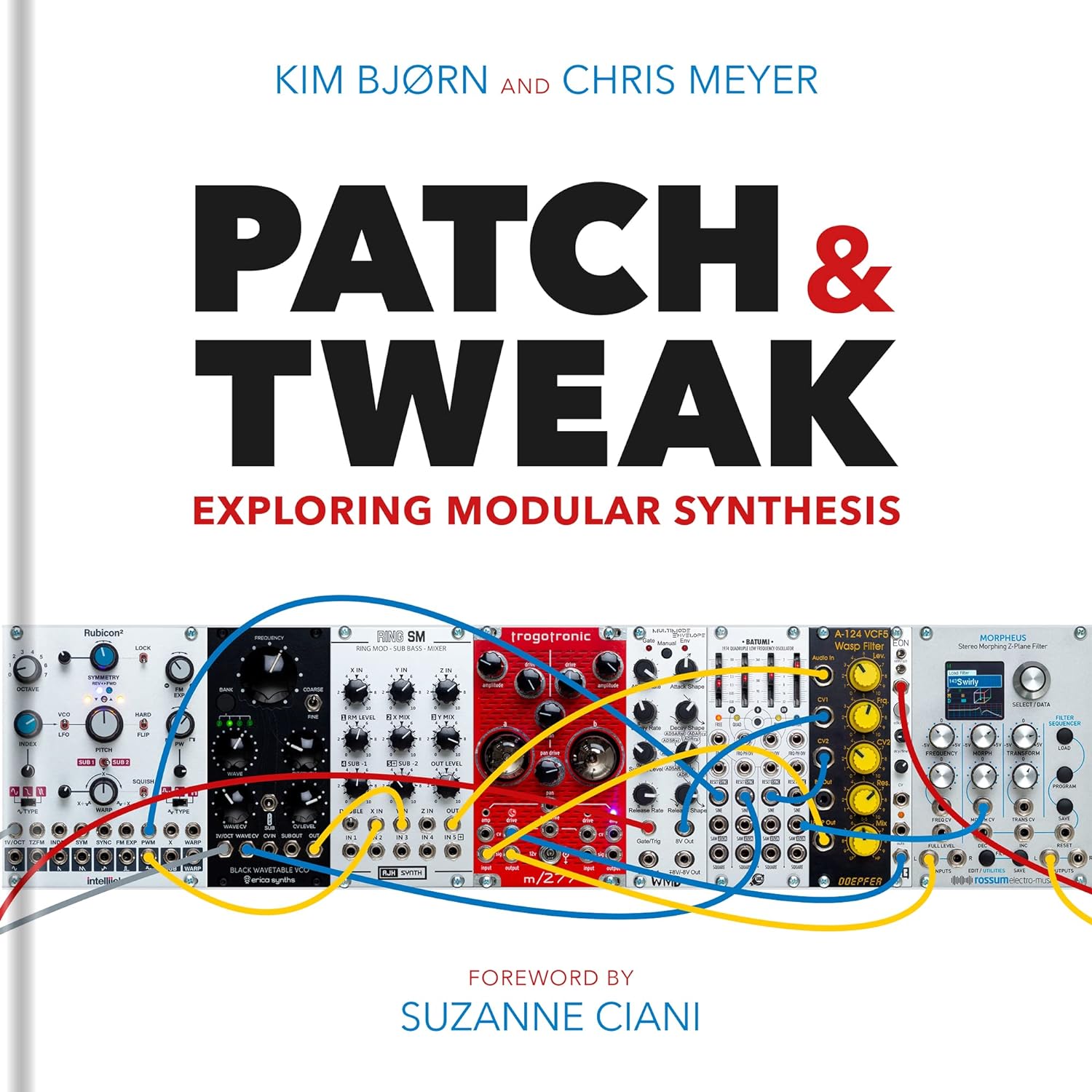
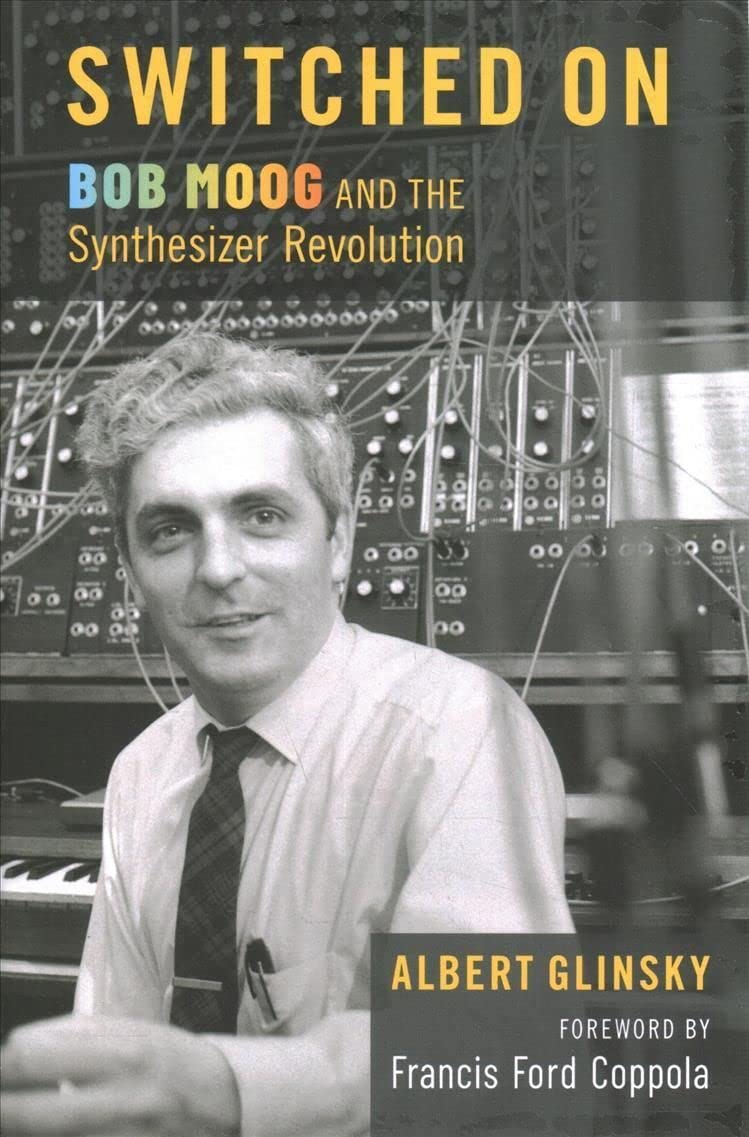
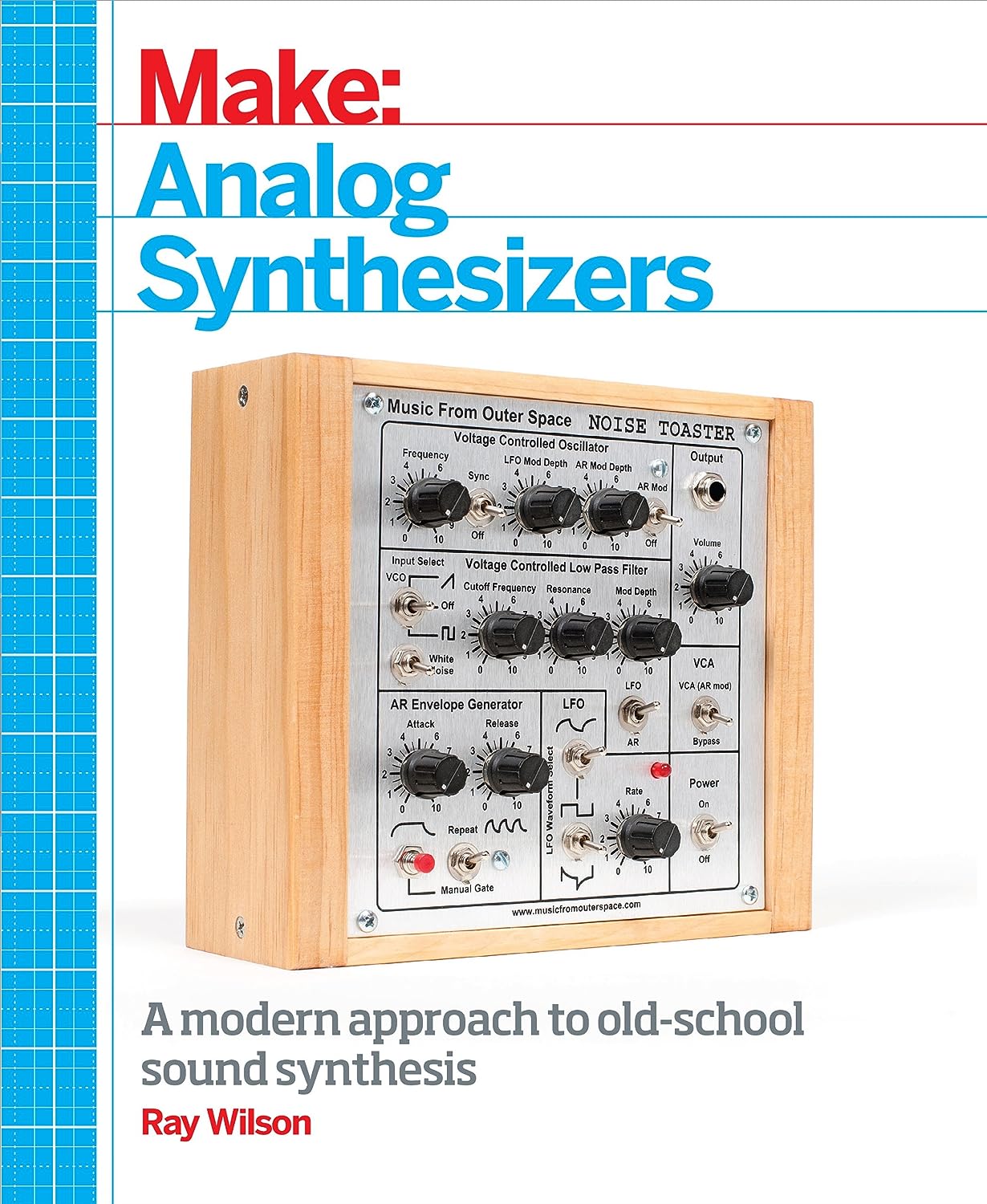
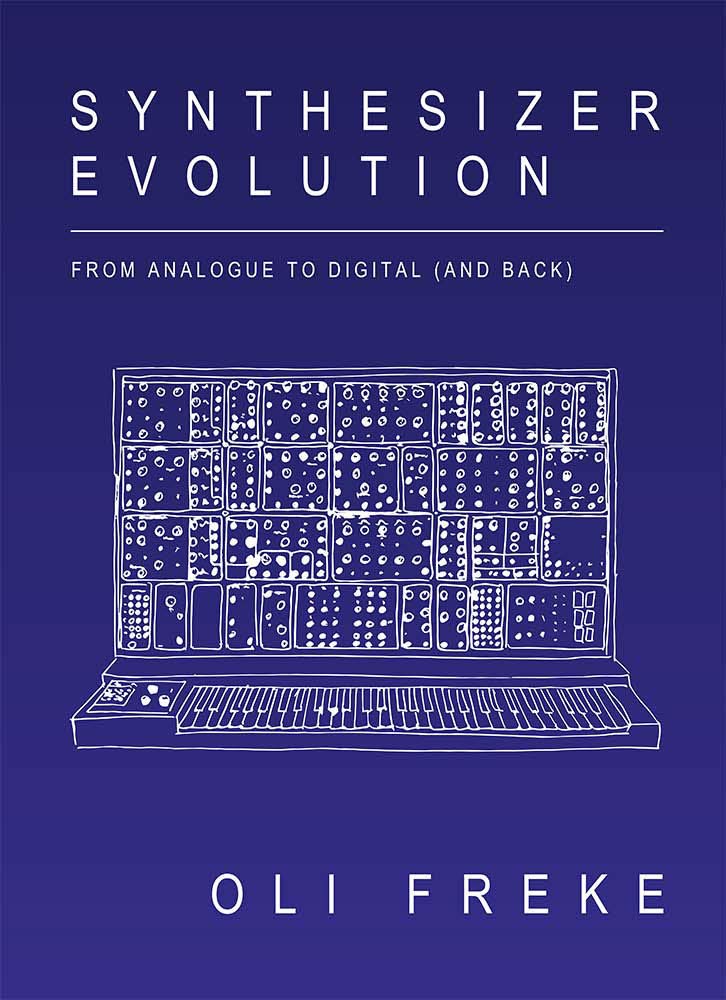

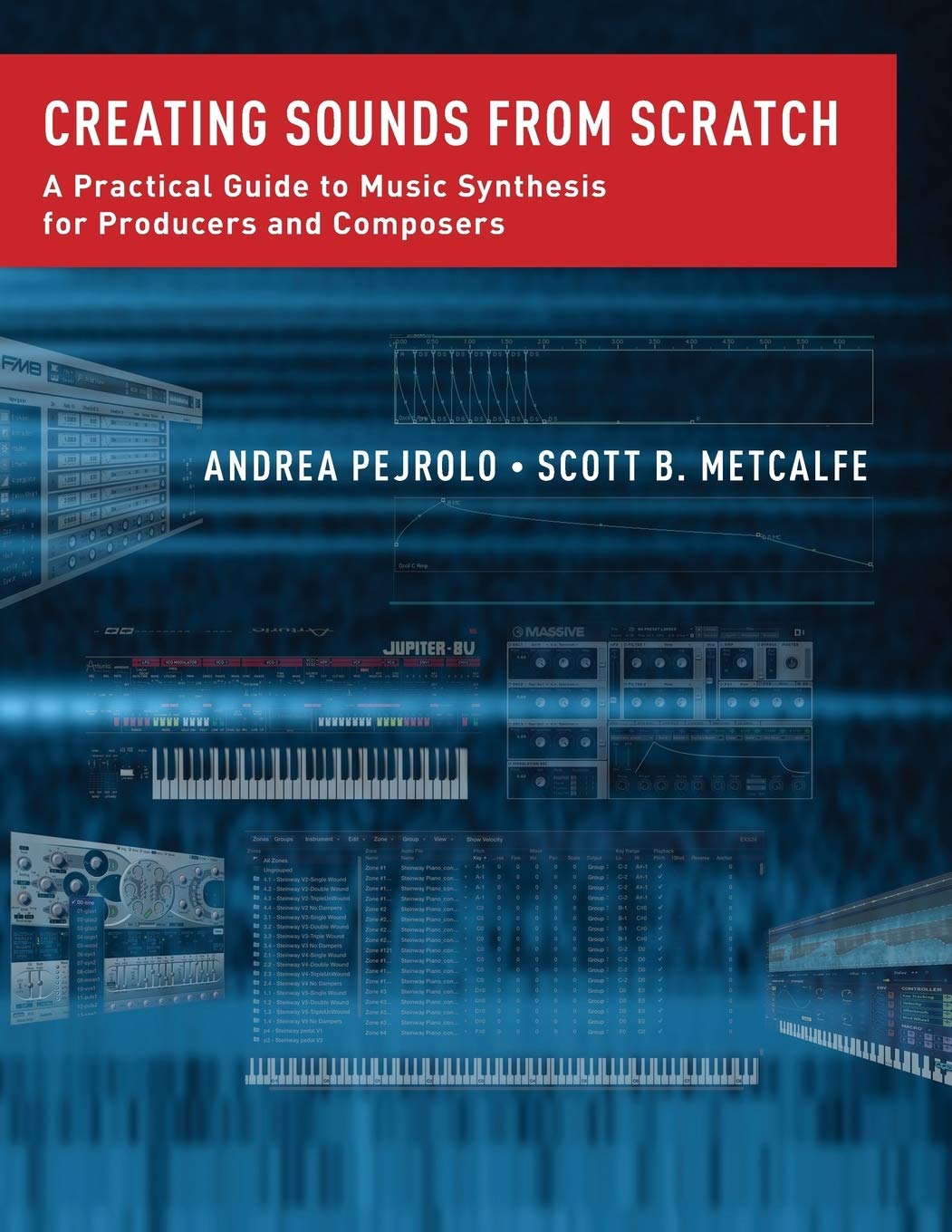


© Matrixsynth - All posts are presented here for informative, historical and educative purposes as applicable within fair use.
MATRIXSYNTH is supported by affiliate links that use cookies to track clickthroughs and sales. See the privacy policy for details.
MATRIXSYNTH - EVERYTHING SYNTH













© Matrixsynth - All posts are presented here for informative, historical and educative purposes as applicable within fair use.
MATRIXSYNTH is supported by affiliate links that use cookies to track clickthroughs and sales. See the privacy policy for details.
MATRIXSYNTH - EVERYTHING SYNTH


















